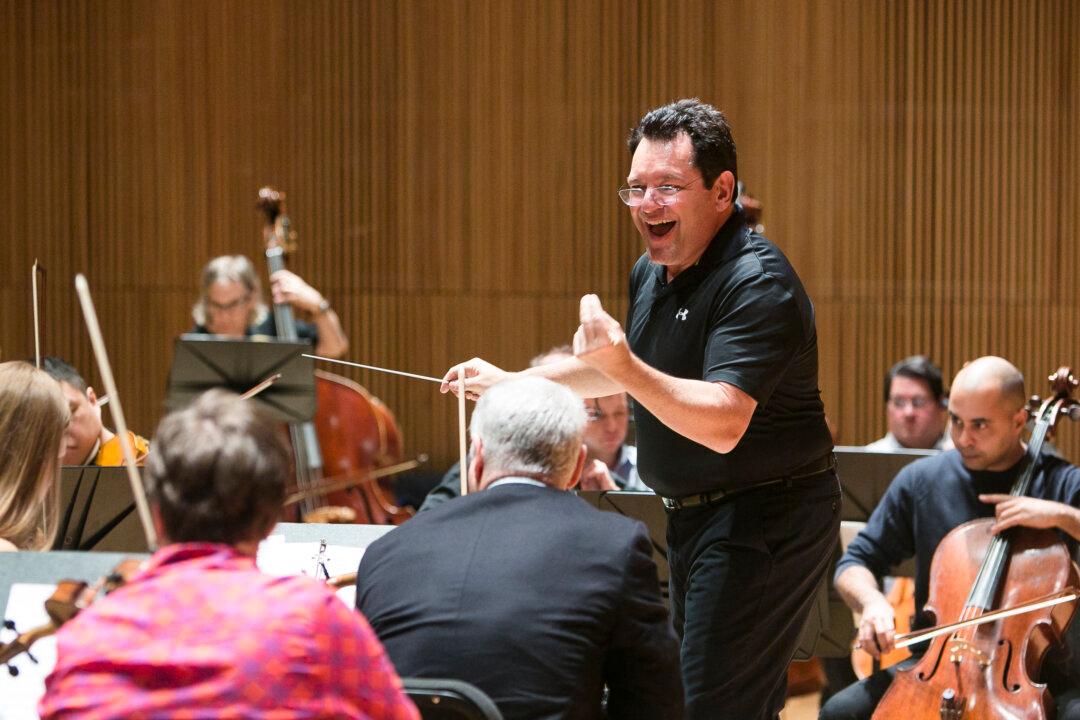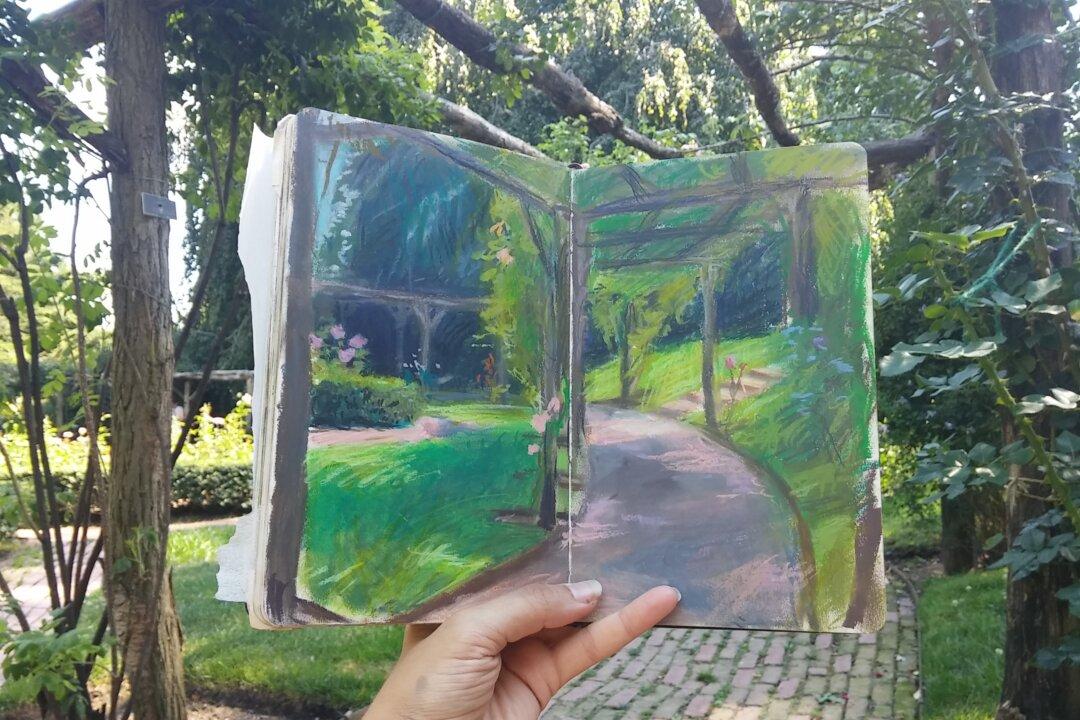NEW YORK—Every word he speaks cascades deliberately to the next with clear articulation. David Bernard is not one to slur his words, especially when he’s conducting. “I need you to be on the edge of your seat, you need to be playing even when you are not playing,” Bernard tells the musicians of the Park Avenue Chamber Symphony (PACS).
He maintains an intense gaze throughout the rehearsal. “Plus, I'd like to hear energy in every single attack you make, every single one, there’s no letting go, ta-ta-ta-taaa! Let’s try it again,” he said, as he went over perhaps the most recognizable first four notes of all music—Beethoven’s “Symphony No. 5.”
No matter how many times Beethoven’s “Fifth” has been played and heard Bernard feels that it is always amazing. But he’s also acutely aware that many people don’t feel as enthusiastic about the “Fifth,” or classical music in general, as much as he does.







